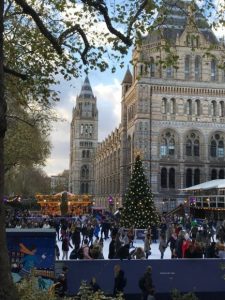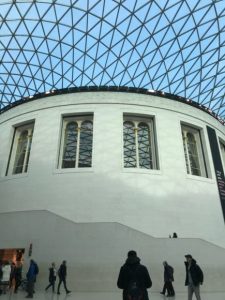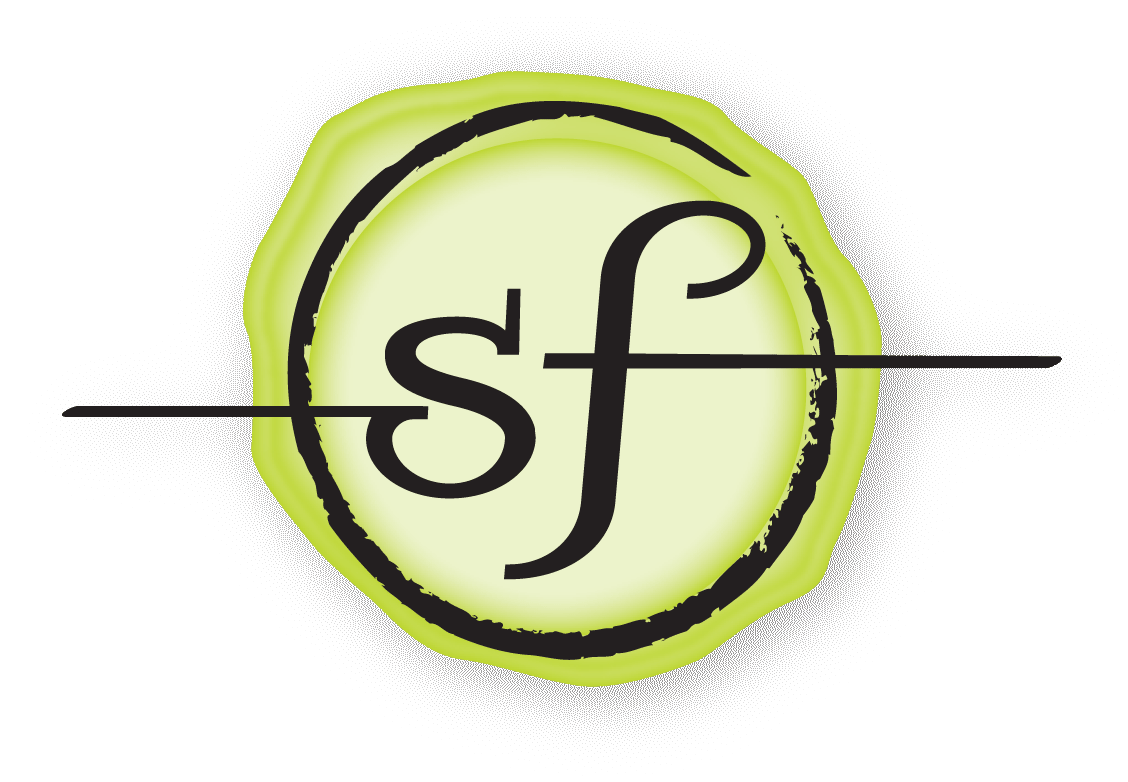I am fresh back from a recent research and speaking trip to London. I encountered so many inspiring people and interpretive efforts that I want to share all I saw. Although I know I won’t be able to accomplish that, I do want to at least sketch out some of the highlights.

The purpose of the trip was three-fold: I was scheduled to give two talks about LGBTQ Museum Studies, and while I was heading across the ocean anyway, I decided to reach out to as many people as I could in the United Kingdom who also work in this field (there’s not so many of us, after all). To the extent possible, I also wanted to see first-hand what British museums are doing to celebrate the fiftieth anniversary of the legalization of homosexuality in Great Britain, insight that I expect will be useful to United States museums as we prepare for our own commemoration of the fiftieth anniversary of the Stonewall Uprising in 2019.
At the University of Leicester, I spoke to an international mix of museum studies faculty and graduate students on the various ways that LGBTQ experiences are interpreted in the United States. I also had the pleasure of meeting Richard Sandell in person. Renowned for his museum work in human rights and disability, we have communicated over social media for a number of years, but finally had a chance to get to know each other and exchange ideas in real time.
The day after my talk in Leicester, the Queer Localities conference started in London. A product of Queer Beyond London, an effort to document LGBTQ experiences in the rest of England, this conference drew scholars and museum professionals from throughout the United Kingdom, Europe, Australia, and North America to discuss what we can learn about queer identity when we shift the focus away from major urban areas.
As part of the event, I gave a talk on regional variations in the ways U.S. museums present LGBTQ experiences. What’s more, I gained a wider international perspective after hearing presentations from all over the global north, including public history examples from Oxford, Leeds, London, and Bristol. I also had an opportunity to meet the likes of Alison Oram, Justin Bengry, and Jude Woods, queer public historians all.

During my visit, I also sought to learn more about the U.K. National Trust’s Prejudice and Pride program, a nationwide effort to incorporate LGBTQ interpretation at National Trust historic sites, in honor of the fiftieth anniversary of decriminalization. Unfortunately, most of the special exhibits and events had already closed by the time I got there in late November, but for a glimpse of the program, check out the video at the end of this post (involving the aforementioned Richard Sandell) about a project at Kingston Lacy; the intriguing interpretation of a female ménage à trois at Smallhythe Place; or the Trust’s six-part LGBTQ podcast. And although I wasn’t able to see any of the efforts in action, I did meet with Rachael Lennon, one of the leaders of the program, and we spent a fabulous couple of hours over tea, exchanging stories and pondering the big issues around innovative programming, civic outreach, and public controversy.
When not giving presentations or swapping ideas with my British colleagues, I spent my time exploring the wonderful museums of London, soaking up interpretive ideas, particularly as they relate to LGBTQ interpretation. I took the award-winning, once-monthly LGBTQ Tour of the Collections at the Victoria and Albert Museum. And while the specific marked trail was already taken down, I took in what I could of the LGBTQ trail at the British Museum, based on information from its online exhibit, which remains accessible. I even stumbled unsuspectingly on a small collection of sex-related artifacts (not specifically queer) at the Wellcome Collection.
Overall, as with my trip to the Netherlands this time last year, my week in London allowed me to meet new colleagues, expanded my knowledge of international museum practice, and filled me with creative ideas for my own professional endeavors.
